Disclosure: This article contains affiliate links. We may earn a commission from purchases at no extra cost to you, which helps our travel content.
There's something magical about waking up to misty mountains cascading with rice terraces while the scent of wood fire and fresh herbs drifts through a traditional wooden home. That's exactly what greeted me each morning during my homestay with a Hmong family in the highlands of Sapa, Vietnam. After five years of chasing adrenaline rushes across Southeast Asia, I was craving a different kind of adventure—one that would connect me to the heartbeat of a culture rather than just the pulse in my veins. Trading cliff diving for cultural diving turned out to be one of the most profound travel experiences I've had. So grab a cuppa and let me walk you through how to experience the authentic Hmong lifestyle in Sapa, well beyond the tourist traps and Instagram spots that have sadly begun to dominate this breathtaking region.
Finding Your Hmong Family: Beyond the Booking Apps
Let's be real—most homestays you'll find online are about as authentic as my attempt at speaking Vietnamese (which, for the record, once had a market vendor in Hanoi laughing so hard she nearly fell off her stool). The truly immersive experiences rarely have fancy websites or booking.com profiles.
After a previous trip left me staying in what was essentially a hostel masquerading as a 'traditional experience,' I was determined to do better in Sapa. The secret? I connected with Mai, my host, through a recommendation from a local guide I met in Hanoi. She runs a small textile cooperative with her sisters and hosts travelers occasionally to supplement their income—not as her main gig.
The difference was stark. Instead of the buffet-style 'traditional dinner' I'd experienced before, I was sitting cross-legged on bamboo mats, learning to wrap the perfect spring roll while Mai's grandmother corrected my technique with gentle hands and zero English. Communication happened through Mai's basic English, my embarrassing phrase book attempts, and a whole lot of mime and laughter.
If you're serious about an authentic homestay, start networking before you arrive. Connect with local guides through responsible tourism organizations like Ethos or Sapa O'Chau, both run by ethnic minority women. Be upfront about wanting a genuine family stay, not a commercial operation, and be prepared to pay fairly for the experience—cheap prices often mean exploitation somewhere along the line.
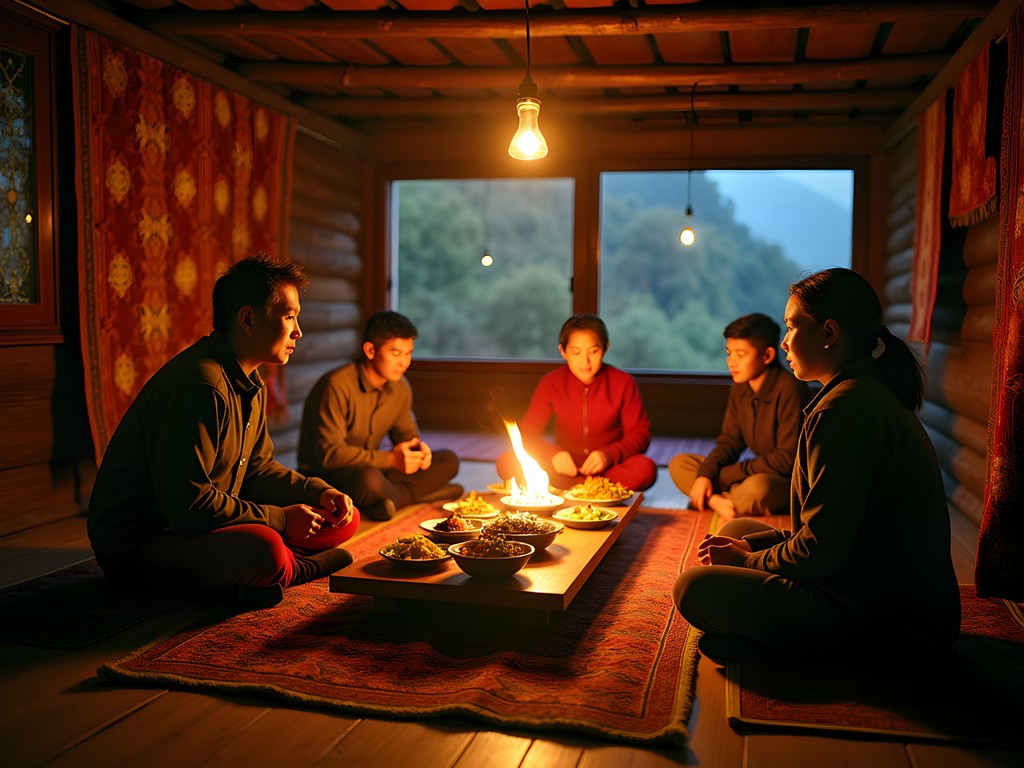
💡 Pro Tips
- Ask potential hosts what percentage of their income comes from homestays—lower percentages often mean more authentic experiences
- Request to join regular family activities rather than staged 'cultural demonstrations'
- Bring small, thoughtful gifts from your home country rather than money for children
Daily Life: From Dawn Rice Fields to Dusk Indigo
My alarm clock in Sapa? Roosters, followed by the gentle shuffling of Mai's mother stoking the morning fire. By 5:30 AM, the household was fully awake—a shock to my system on day one, but strangely natural by day three.
The daily rhythm of Hmong life follows patterns established for generations. Early mornings meant helping to feed livestock and gather vegetables for breakfast. The main meal typically featured rice, mountain herbs, and occasionally chicken or pork, all shared from communal plates.
What surprised me most was how working became the gateway to genuine connection. When I joined Mai's aunt to harvest indigo leaves for dyeing fabric, my obvious clumsiness became a source of shared laughter. By the afternoon, she was teaching me to identify medicinal plants, communicating entirely through demonstration and my increasingly confident mimicry.
Pro tip: Pack clothes you don't mind getting dirty and a good quality headlamp for those pre-dawn bathroom trips to the outhouse. The rechargeable feature saved me from burning through batteries, and the red light setting meant I didn't blind everyone when moving around the shared sleeping space at night.
Each evening, while the younger women worked on intricate batik designs or embroidery, I'd attempt to help (emphasis on 'attempt'). My hopeless stitching became a running joke, but it also created space for stories shared through Mai's translation—tales of Hmong courtship traditions, legends of mountain spirits, and more practical exchanges about how our daily lives differed.
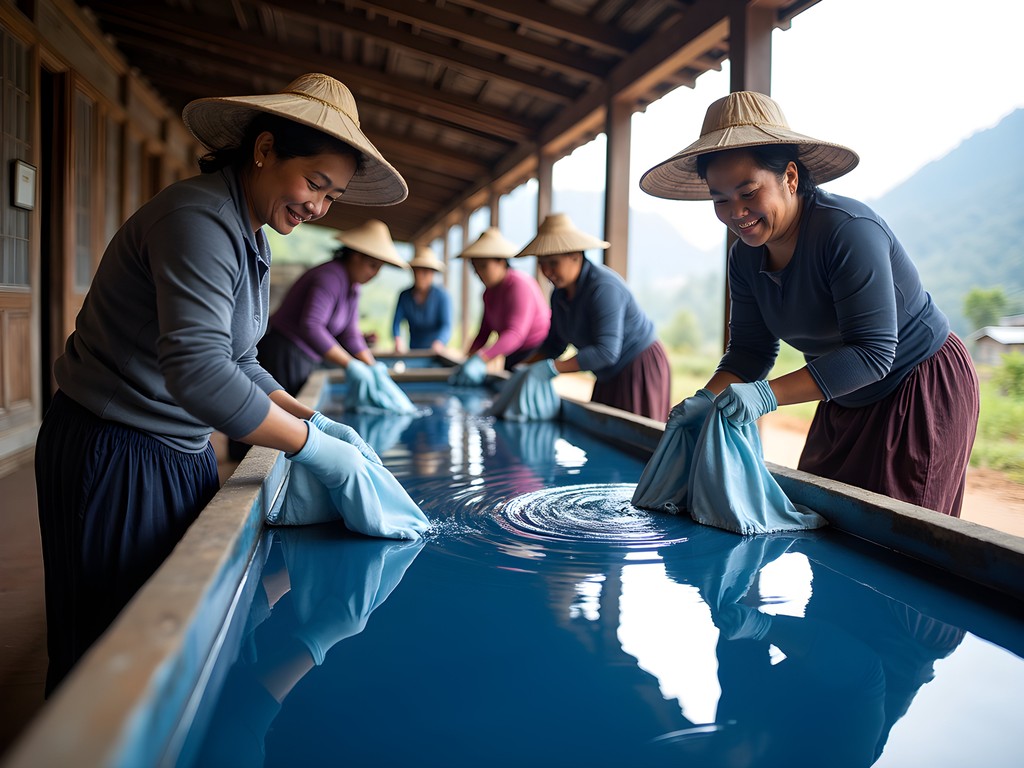
💡 Pro Tips
- Wake early (around 5:30 AM) to fully participate in daily activities
- Bring a small photo album of your family and home to share—it creates meaningful conversation
- Learn basic Hmong greetings—even poor pronunciation shows respect and creates smiles
Trekking with Local Knowledge: Secret Trails and Hidden Villages
Forget those cookie-cutter trekking tours from Sapa town. When you stay with a Hmong family, you access footpaths that have connected communities for centuries—trails no tour bus can reach and few organized groups ever find.
On my second day, Mai's brother Shu led me on what was casually described as a 'short walk' to visit relatives. Five hours, three mountain ridges, and countless breathtaking vistas later, we arrived at a cluster of homes that hadn't seen a Western face in months. The challenging hike was worth every drop of sweat for the welcome we received—curious children, tea served in hand-carved cups, and genuine curiosity about the strange Australian with the funny accent.
The terrain around Sapa is no joke—slippery in sections with dramatic changes in elevation. I was grateful for my hiking boots, which provided crucial ankle support on the steeper descents. The waterproofing saved me during stream crossings and unexpected rain showers that seem to materialize out of nowhere in the mountains.
What made these treks special wasn't just the scenery—though the cascading rice terraces shifting from emerald to gold in the autumn light were absolutely jaw-dropping. It was the context Shu provided, pointing out the medicinal plant his grandmother had used to treat his childhood fever, or stopping to help an elderly farmer repair a water channel, or explaining how each valley's embroidery patterns differ slightly to identify which community a woman comes from.
These weren't facts you'd find in a guidebook or hear from a commercial tour guide. They were the intimate knowledge of place that only comes from generations of connection to the land.
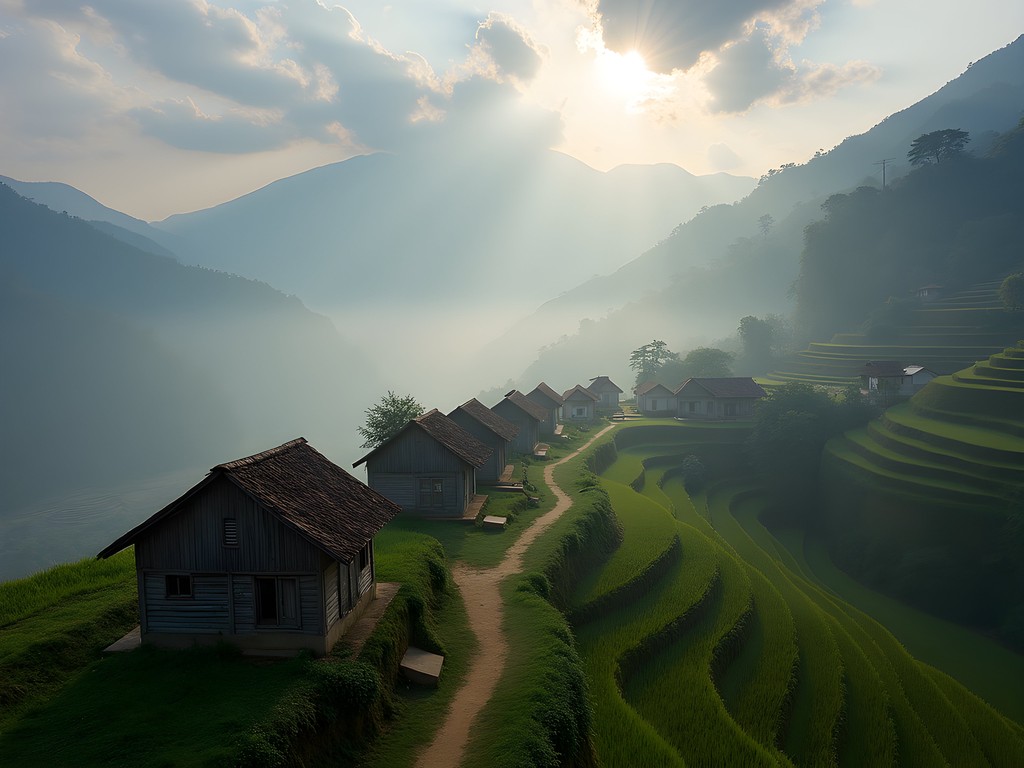
💡 Pro Tips
- Pack light but bring twice as much water as you think you'll need for treks
- Ask permission before photographing people, especially children
- Learn to recognize and avoid damage to water irrigation systems on rice terraces
Ethical Shopping: Supporting Artisans, Not Middlemen
As someone who's worked in ethical retail, watching tourists haggle aggressively over handmade textiles that took weeks to create makes my blood boil faster than a pot of phở. One of the most meaningful aspects of a homestay is gaining insight into the incredible artistry behind Hmong handicrafts and understanding their true value.
Sitting beside Mai's mother as she worked on a hemp skirt—watching her fingers fly across intricate batik patterns she'd memorized rather than sketched—I gained a profound appreciation for items I might have previously bargained over in markets. Each piece tells a story: indigo dyed with plants gathered from specific mountain slopes, patterns that represent family lineages, and techniques passed through generations of women.
The reality? Those 'bargain' souvenirs in Sapa town often exploit the creators. When buying directly from artisans in villages, you're ensuring your money supports the actual makers. Yes, you might pay more than in tourist markets, but you're purchasing authenticity and directly supporting families.
For serious textile lovers, I recommend bringing a packing cube set with at least one medium-sized cube left empty. These ultralight organizers allowed me to safely transport delicate textiles home without wrinkling or damage. The water-resistant material also protected my precious purchases when we got caught in an unexpected downpour on the trek back.
During my stay, I purchased a stunning indigo batik scarf directly from Mai's sister—watching her create similar pieces during my visit meant I understood the labor, skill, and cultural significance behind it. Two years later, it remains one of my most treasured souvenirs, and I know exactly which family benefited from my purchase.
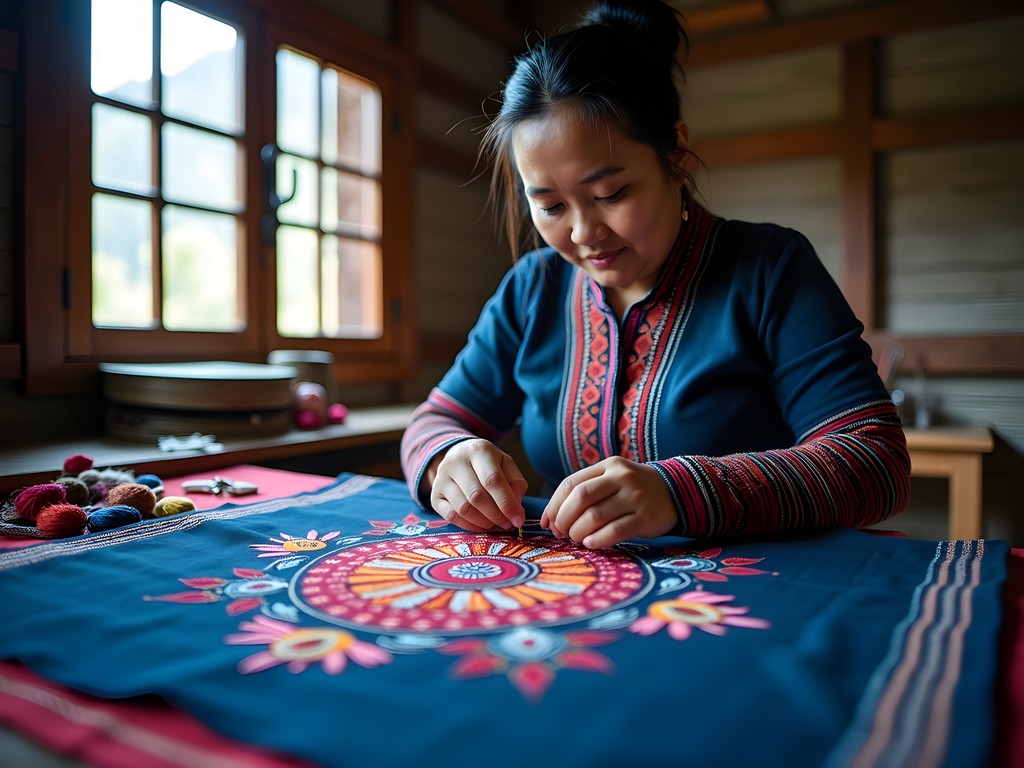
💡 Pro Tips
- Ask to see the process behind handicrafts—understanding the work justifies the price
- Purchase directly from creators rather than middlemen whenever possible
- Consider commissioning items if you're staying several days—you'll get something truly unique
Language, Laughter, and Cultural Exchange
The most profound moments of cultural connection during my homestay had nothing to do with scheduled activities or tourist experiences. They happened in the in-between moments—attempting to help cook dinner, failing miserably at using a traditional loom, or joining impromptu dance lessons with giggling children in the village square.
Despite significant language barriers, I found communication flowing through shared laughter, music, and the universal language of food. One evening, I taught Mai's family how to play Uno (I always travel with a deck), and by the second round, her grandfather was slapping down Draw Four cards with mischievous glee that needed no translation.
I'd brought a small instant photo printer that quickly became the hit of the village. Being able to snap photos on my phone and immediately print physical copies for families who rarely have photographs of themselves created moments of pure joy. The printer's portable size meant I could easily carry it on treks to neighboring villages, and the rechargeable battery lasted several days of regular use.
One of my favorite memories was an impromptu language exchange where Mai taught me Hmong phrases while I taught her Australian slang. Her attempts at saying 'G'day mate' had us both in stitches, while my pronunciation of Hmong tonal words often resulted in me apparently saying something completely different from what I intended—usually something embarrassing based on the reaction!
These moments of genuine human connection transcended the typical tourist-host dynamic. By my final night, Mai's grandmother was showing me family photos and treating me with the casual affection of a relative rather than a paying guest.

💡 Pro Tips
- Bring small games that don't require language—cards, Jenga, or picture-based games work well
- Learn to say 'delicious' in the local language—food compliments are universal
- Offer to share music from your country on your phone—music creates immediate connection
Final Thoughts
As I shouldered my backpack to leave after five days with Mai's family, something had fundamentally shifted in how I view travel. The adrenaline junkie who arrived seeking a quick cultural fix was departing with something far more valuable—a genuine connection to a place and its people. Homestays like this aren't always comfortable in the conventional sense. You'll likely deal with squat toilets, cold bucket showers, and communication challenges. But the authenticity you gain is worth every minor discomfort.
If you're considering a Hmong homestay in Sapa, come with an open heart, a willingness to participate, and the understanding that you're entering someone's real life—not a cultural theme park. The mountains of northern Vietnam hold experiences that can't be packaged into day tours or captured in perfect Instagram shots. They must be lived, breath by breath, shared meal by shared meal, and story by story.
Until next time, hẹn gặp lại from this Aussie who left a piece of her heart in the Hmong highlands.
✨ Key Takeaways
- Authentic homestays are found through personal connections rather than booking sites
- Participating in daily activities creates deeper cultural understanding than observing performances
- Direct purchasing from artisans ensures fair compensation and preserves traditional crafts
- The most meaningful connections happen during unstructured moments of shared humanity
📋 Practical Information
Best Time to Visit
September-November (fall harvest season)
Budget Estimate
$25-40 USD per day including accommodation, food and guided treks
Recommended Duration
Minimum 3 nights, ideally 5-7 days
Difficulty Level
Moderate (Requires Comfort With Basic Accommodations And Some Challenging Hiking)

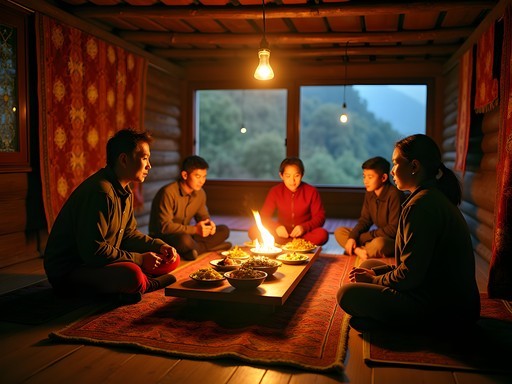
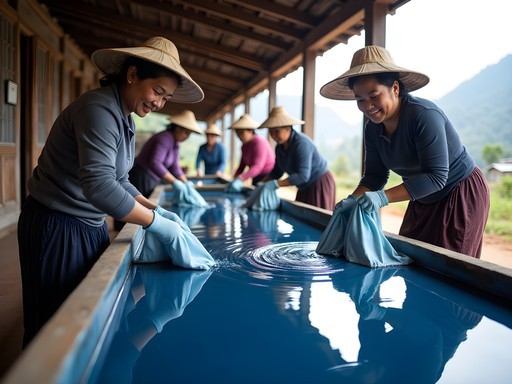

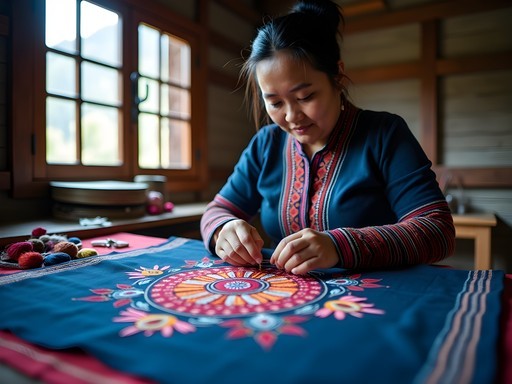
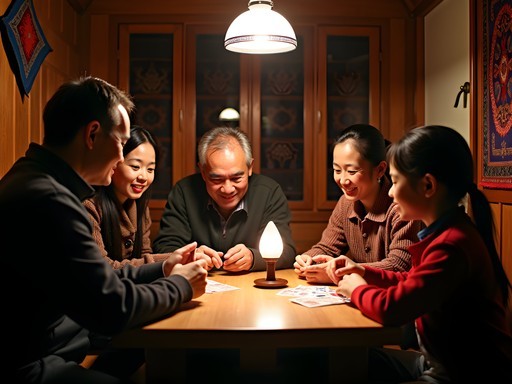









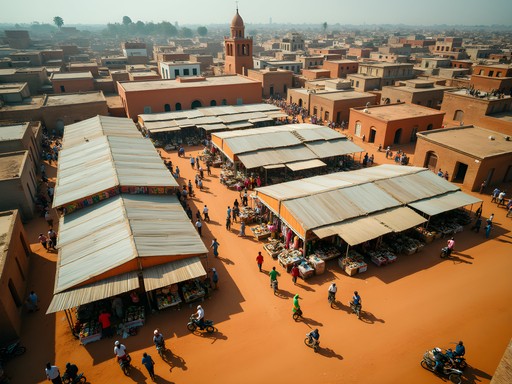
Comments
Michael Cook
Francesca raises an important point about the ethics of homestay tourism that often goes unaddressed. During my research across Southeast Asia, I've observed the commodification of cultural experiences, particularly among the Hmong and other ethnic minorities. The most authentic experiences indeed come from connections made through local networks rather than booking platforms. One observation worth adding: many families now balance traditional practices with tourism demands, sometimes resulting in a 'performance' of culture rather than genuine immersion. I'd recommend asking potential hosts how many tourists they host monthly - fewer often means a more authentic experience. Also, consider bringing a phrase book as learning even basic greetings shows tremendous respect.
backpackhero5296
This is so true. I stayed at one place that clearly had a 'tourist show' version of their daily life. Felt like I was at a theme park rather than someone's home.
dreamzone
Going to Vietnam next month and really want to do this! How many days would you recommend for the homestay experience? Is 2-3 days enough?
Amy Brown
I'd recommend at least 3-4 days if you can manage it. The first day you're still adjusting, and by day 3 you start to fall into the rhythm of village life. My most meaningful conversations happened after day 3 when everyone was more comfortable with each other. Plus you'll want time for both village activities and trekking the incredible landscapes!
dreamzone
Thanks Amy! Will definitely try to stretch it to 4 days then.
backpackhero5296
Those rice terraces are STUNNING! Added to my bucket list!
explorerider
This post brought back so many memories! I stayed with a Hmong family last year and it was hands down the highlight of my Vietnam trip. Waking up to those misty mountains is something else. The tip about finding families outside booking apps is spot on - we connected with our host through a local guide in Hanoi who was actually Hmong himself. Made all the difference having that personal connection before arriving.
Michael Cook
Did you find any language barriers? I'm curious how much English is spoken in the more authentic homestays versus the ones catering to tourists.
explorerider
It was mixed! Our host spoke basic English but her teenage daughter was practically fluent from working with tourists. The grandmother spoke zero English but somehow we still communicated through gestures and smiles. Definitely worth learning a few Vietnamese phrases though!
Taylor Moreau
For those interested in the textile traditions Francesca mentioned, I recommend visiting during the weekly market days (usually Saturdays in most villages). This is when many Hmong artisans bring their finest work to trade. The early morning hours (6-8am) offer the most authentic experience before tour groups arrive. Consider bringing small denominations of Vietnamese dong as change can be limited in remote areas.
VietnamLover2023
Thanks for this tip! Is it appropriate to bargain at these markets or are prices fixed?
Taylor Moreau
Some gentle negotiation is acceptable, but remember these handmade items represent days of work. I suggest respectful bargaining that still ensures fair compensation - perhaps 10-15% reduction at most. The key is to be mindful that this income is crucial for many families.
EthicalTravelerJosh
Thank you for highlighting the ethical shopping aspect! I was in Sapa two years ago and felt overwhelmed by the pressure to buy souvenirs from every vendor we passed. Your approach of learning about the craft first and buying directly from artisans is so much more meaningful. I still treasure my indigo scarf because I watched the woman who made it work on similar pieces. The connection to the item is completely different when you understand the process behind it.
SoloTravelGirl
Love this! Would you recommend this for solo female travelers?
Francesca Mills
Absolutely! I was traveling solo myself and felt completely safe and welcomed. The Hmong women are incredibly strong and inspiring too.
AsianFoodieExplorer
That photo of the rice terraces at sunrise is absolutely stunning! 😍
MountainTrekker92
Going to Sapa next month! Did you feel safe leaving valuables at the homestay while trekking? And how physically demanding were the hikes?
Francesca Mills
Totally safe! The families are incredibly trustworthy. As for the hikes, they can be challenging especially in rainy season (muddy paths). I'd rate them moderate - doable for most people with reasonable fitness, but bring proper footwear!
adventurefan
I second what Francesca said about safety! And definitely bring hiking boots - I tried with just sneakers and regretted it big time!
mountainace
That sunrise shot over the terraces is absolutely stunning! What camera did you use?
backpackchamp
Not OP but I was in Sapa last month and the morning light there is magical no matter what camera you have. Just wake up early enough!
Venture X
Premium card with 2X miles, $300 travel credit, Priority Pass